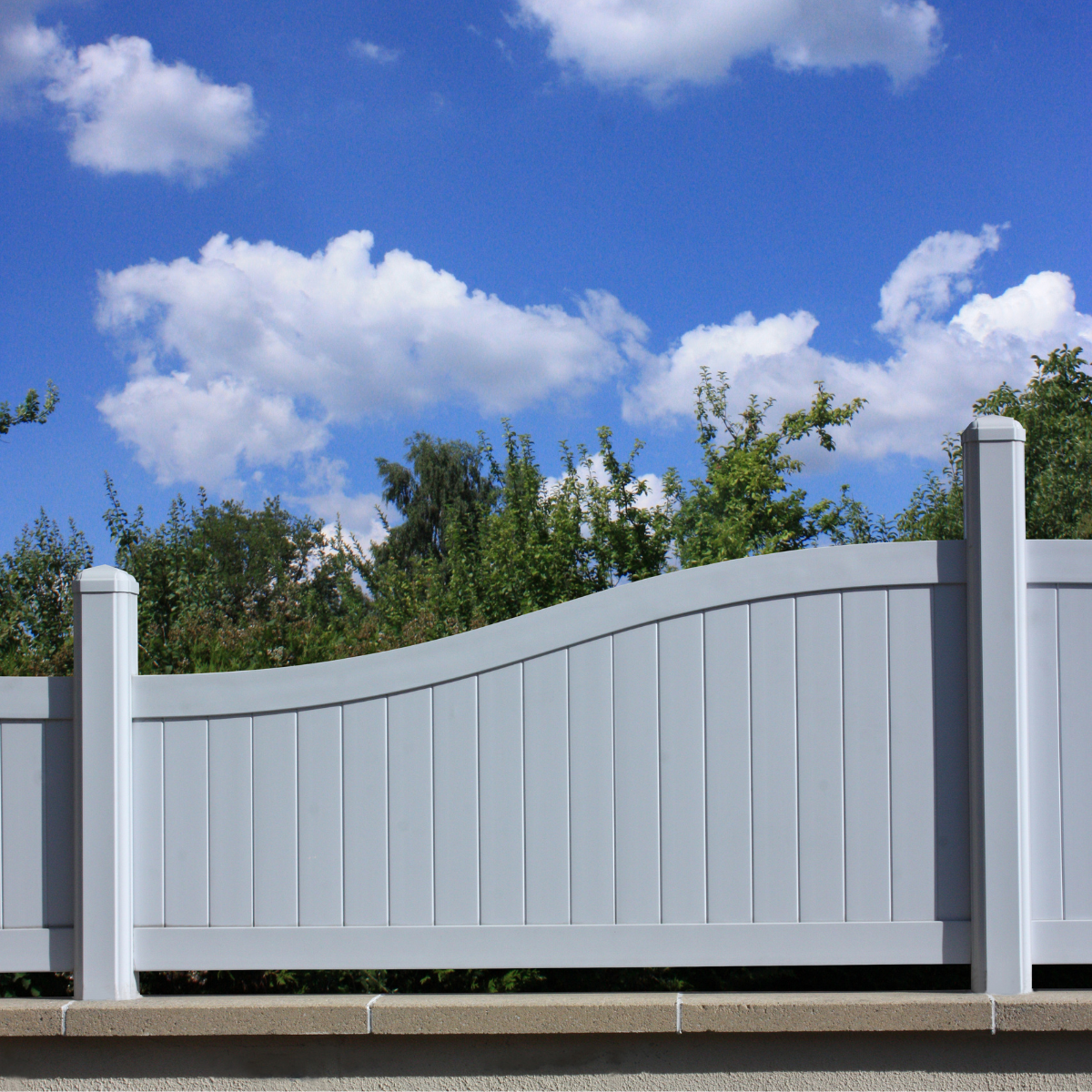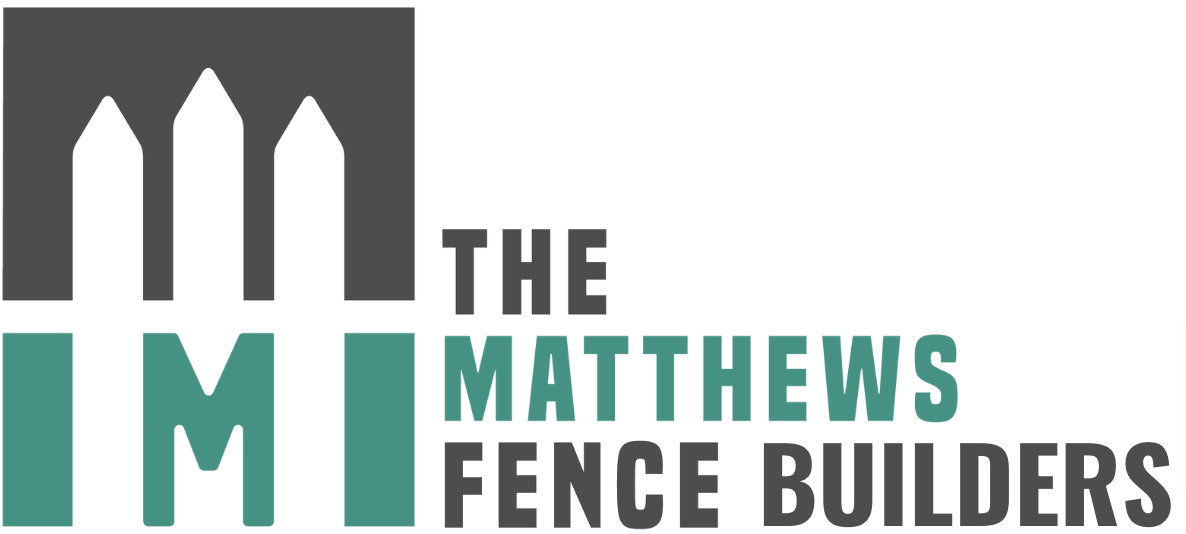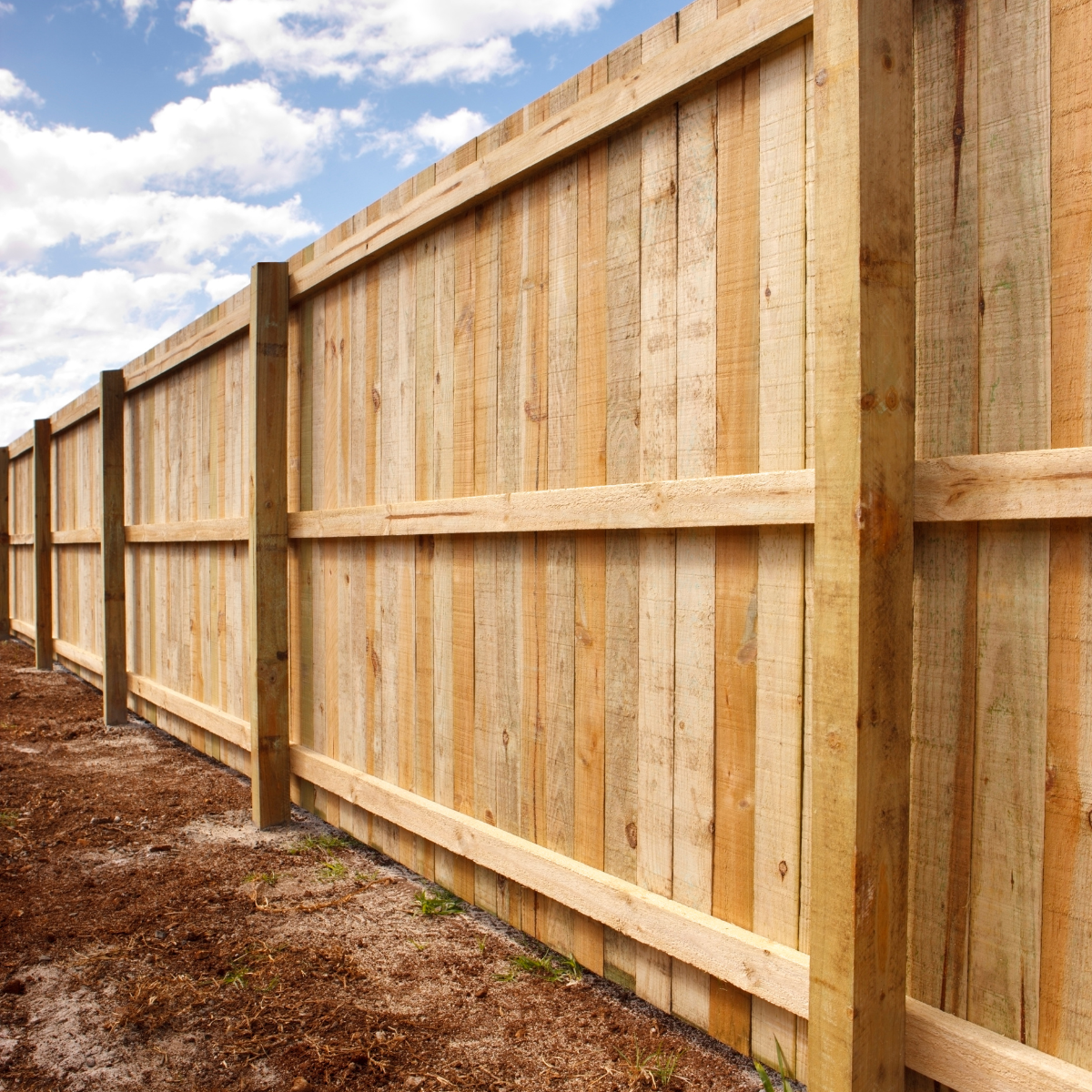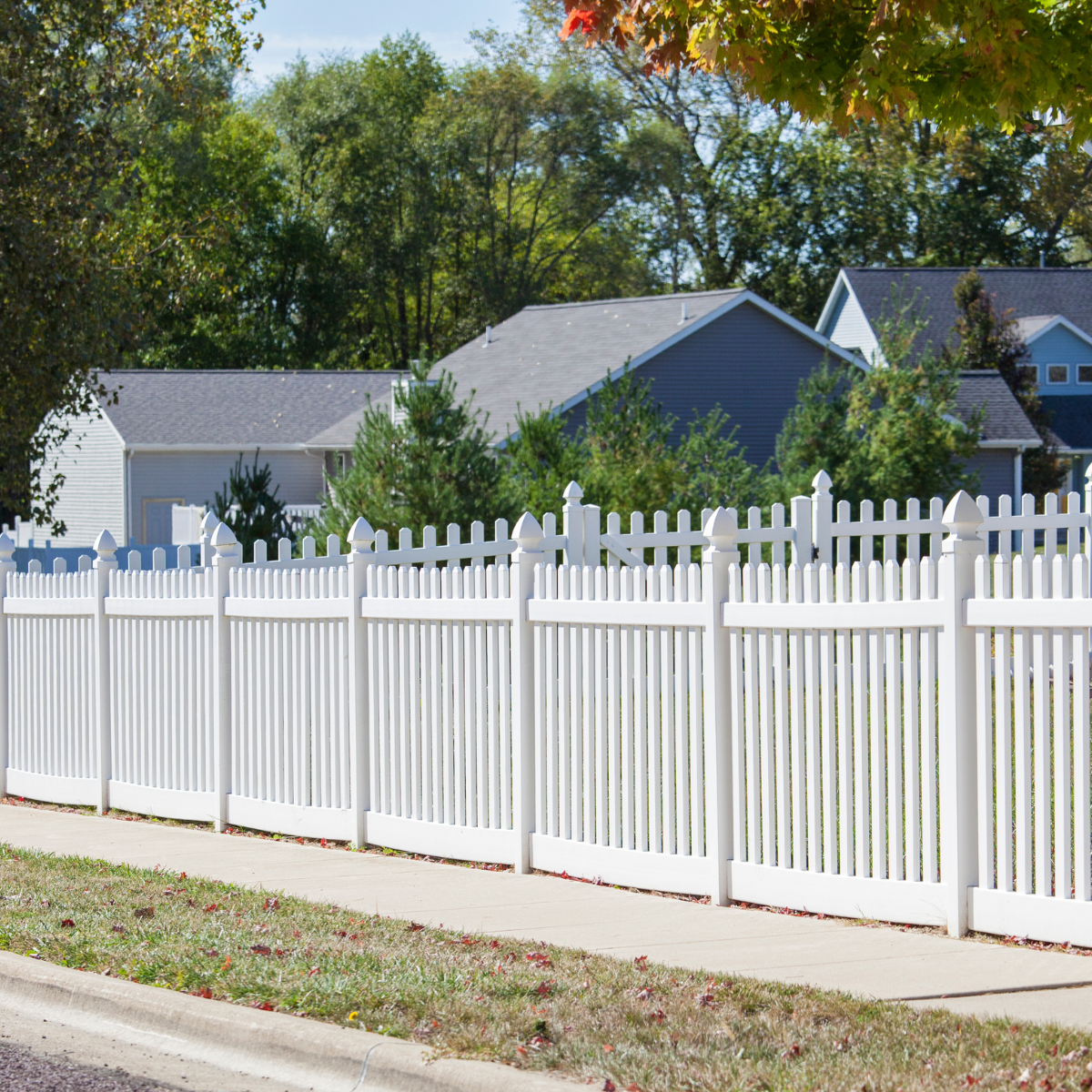What to Know Before Installing a Commercial Fence?
Before Installing a Commercial Fence
A commercial fence is more than just a boundary—it’s a critical investment that provides security, privacy, and aesthetic value for your property. Whether you’re safeguarding a business, a public space, or an industrial area, understanding the key considerations before
installing a commercial fence can save you time, money, and future headaches. Here are the essential factors to keep in mind.
1. Determine Your Property Lines
One of the most important steps before installing a fence is confirming your property boundaries. Misplacing a fence can lead to disputes with neighboring properties and costly adjustments. Take the time to verify your property lines by reviewing site plans or consulting a surveyor. Clear demarcations ensure the fence stays within legal boundaries and avoids unnecessary complications.
2. Understand Local Regulations
Every region has rules governing commercial fencing, from height restrictions to material specifications. Research local zoning laws and building codes to ensure compliance. Some areas might also require permits before installation begins. Additionally, properties managed by homeowners’ associations or business districts may have specific guidelines for fencing design and materials. Familiarizing yourself with these policies beforehand can save time and prevent delays.

3. Choose the Right Material
The choice of fencing material depends on the purpose of the fence and the specific needs of your property. Popular options include:
- Chain Link: Durable and cost-effective, ideal for industrial sites or areas requiring high visibility.
- Steel or Aluminum: Strong, stylish, and suitable for properties that want to balance security with aesthetic appeal.
- Wood or Vinyl: More traditional, offering privacy but requiring regular maintenance.
- Ornamental Fencing: A great option for upscale businesses, combining durability with an attractive design.
Consider factors such as durability, maintenance, and functionality to select the material that best aligns with your goals.
4. Factor in Security Features
If security is a top priority, look for fencing options that enhance protection. Features like barbed wire, electronic gates, or anti-climb designs can deter intruders. For properties needing a less imposing look, sturdy materials such as ornamental steel can provide a secure yet professional appearance. Always consider how the fencing will safeguard both the property and the people who use it.
5. Plan for Accessibility
The fence should not only protect your property but also ensure smooth accessibility. For example, if your property receives regular deliveries, install gates that are easy to operate yet secure. Automated access systems, such as keypads or card readers, can make entry convenient for authorized personnel while keeping intruders out.
6. Prioritize Aesthetics
A well-designed fence can enhance the visual appeal of your property. Choose a style and color that complements your building’s architecture and surrounding environment. For instance, sleek aluminum or steel fencing can elevate the look of a modern office space, while chain link may be better suited for industrial areas.
7. Establish a Budget
Before moving forward, set a clear budget for your fencing project. Your budget will influence the type of materials you select and the overall design. It’s helpful to work with a contractor who can provide options that align with your financial goals while delivering a quality result.
8. Hire a Professional Installer
While it may be tempting to install a fence yourself, hiring a professional ensures the job is done efficiently and correctly. Skilled installers bring expertise in selecting materials, meeting local regulations, and delivering a polished finish. Look for contractors with experience in commercial projects and a solid portfolio of completed work.
By considering these factors, you can ensure your commercial fence serves its purpose effectively while enhancing the overall value of your property. Whether your priority is security, aesthetics, or functionality, taking the time to plan ahead will lead to a successful installation that meets your needs.
And if you want to avail our
fence installation services, don't hesitate to
contact us. We are more than happy to help you.



